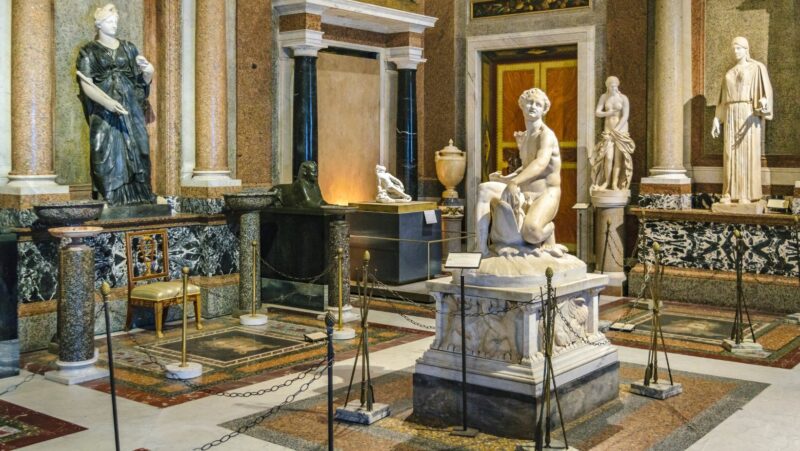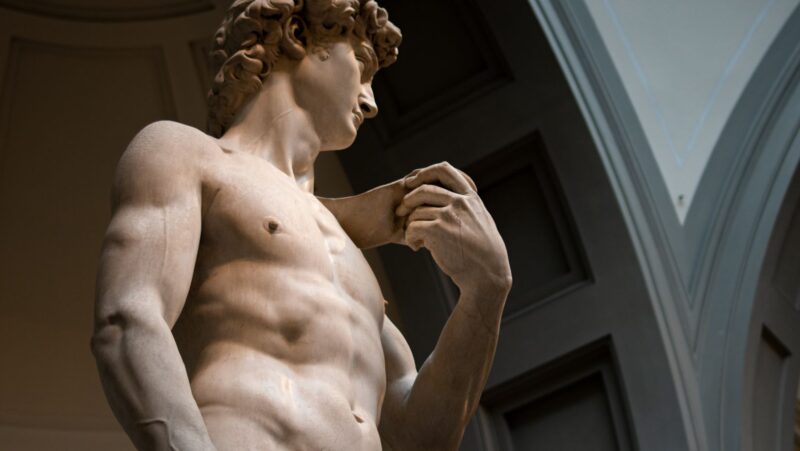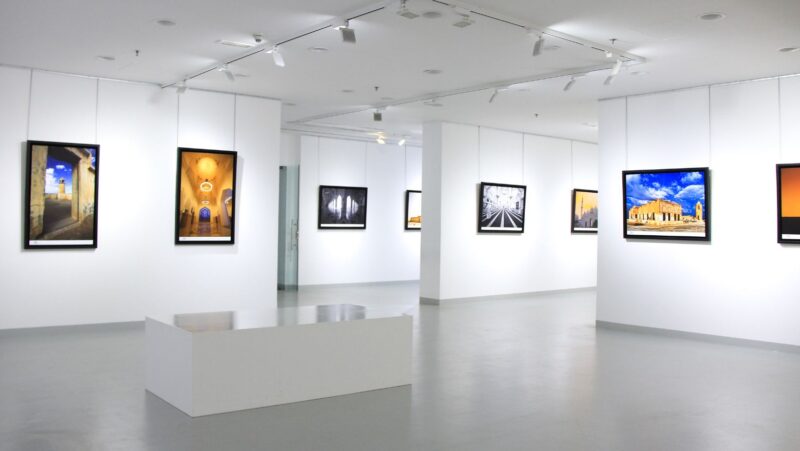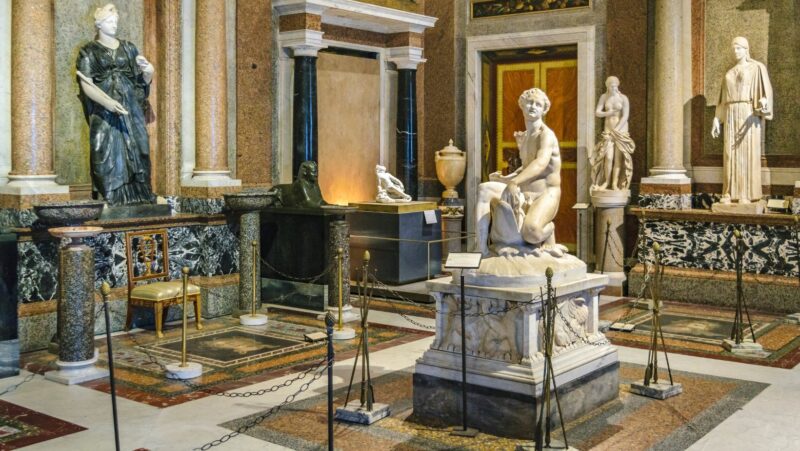Exploring Beautiful:r_5xzfikzok= Art: Everlasting Allure Across Cultures and Eras
Art, in its many forms, has the power to captivate the senses and evoke emotions that words often fail to express. From the delicate brushstrokes of a Renaissance masterpiece to the bold colors of modern abstract pieces, beautiful art transcends time and culture, offering a glimpse into the artist’s soul. It speaks a universal language that resonates with audiences across the globe.
Art galleries and museums house collections in every corner of the world that tell stories of human creativity and expression. These spaces serve as sanctuaries where people can disconnect from the chaos of everyday life and immerse themselves in the beauty that art provides. Whether it’s a sculpture, painting, or digital creation, each piece invites viewers to explore its depths and uncover new meanings.
As society evolves, so does the definition of beautiful art. Contemporary artists continue to push boundaries, challenging perceptions and redefining what beauty means in today’s world.
Beautiful:r_5xzfikzok= Art

In addition to being the highest-paying form of art, beautiful art transcends cultural barriers and represents the fundamental values of various communities. It frequently captures the complexities of human emotions, enabling people to derive meaning for themselves. Whether through the fluid lines of a painting or the dynamic shapes of a sculpture, beautiful art captures moments of historical significance. Artists like Vincent van Gogh and Georgia O’Keeffe demonstrated that beautiful art can evoke deep introspection and appreciation. It also serves as a chronicle of societal changes and as a medium for political dialogue. Art institutions emphasize that beautiful art connects audiences across time. Despite evolving aesthetics, the allure of beautiful art remains, inspiring generations.
Historical Perspectives On Beautiful:r_5xzfikzok= Art

Beautiful:r_5xzfikzok= art has admired qualities that span centuries. Renaissance artists like Leonardo da Vinci and Michelangelo established beauty standards based on harmony, symmetry, and proportion. These principles highlighted how beautiful art connected human anatomy to divine perfection. In contrast, Eastern art prioritized minimalism, with artists like Katsushika Hokusai using simplicity to evoke beauty in beautiful art. The Baroque period introduced emotional depth, where artists such as Caravaggio utilized dramatic contrasts to convey beauty through raw human emotion. Romanticism revered nature as an embodiment of beauty, inspiring artists like Caspar David Friedrich to capture sublime landscapes in beautiful art. By examining these historical perspectives, it’s evident that beautiful:r_5xzfikzok= art continually evolves, mirroring the values and philosophies of each era. Each transformation in beautiful art reflects changes in societal ideals and cultural narratives, showcasing how historical contexts shape aesthetic preferences. This ongoing dialogue between time periods underscores the resilience and timeless quality of beautiful art as an expression of human creativity.
Characteristics Of Beautiful:r_5xzfikzok= Art

Beautiful art exhibits several distinct characteristics that capture and engage the viewer. First, harmonious balance, where elements like color and form coexist without discord, defines beautiful art. This balance enhances visual appeal and emotional resonance. Skillful use of color, light, and shadow plays a crucial role in creating stunning compositions. Artists like van Gogh achieved depth and dynamism through vibrant color palettes.
Beautiful:r_5xzfikzok= art often evokes strong emotional responses, connecting deeply with audiences. This emotional engagement allows art to transcend its physical form and speak universally. Mastery of technique is another hallmark. Precision in line work, texture, and medium application showcases an artist’s dedication to their craft.
Innovative perspectives and unique interpretations of the world are frequently present in beautiful art. Creativity acts as a medium through which artists communicate complex ideas. This innovation helps define beautiful art and keeps it relevant across eras. By embodying these characteristics, beautiful art continues to inspire and captivate audiences worldwide.
Indigenous Art Forms
Indigenous art forms hold a unique place in the tapestry of beautiful art. They offer a profound connection to cultural heritage and spiritual beliefs, often using natural materials and traditional techniques. These artworks serve as vital expressions of identity and community, preserving stories and customs passed down through generations. As societies continue to evolve, indigenous art remains a testament to resilience and creativity, bridging the past with the present. By embracing these diverse artistic expressions, audiences gain a deeper appreciation for the rich cultural landscapes that define human history, further enriching the global dialogue on what constitutes beautiful art.

